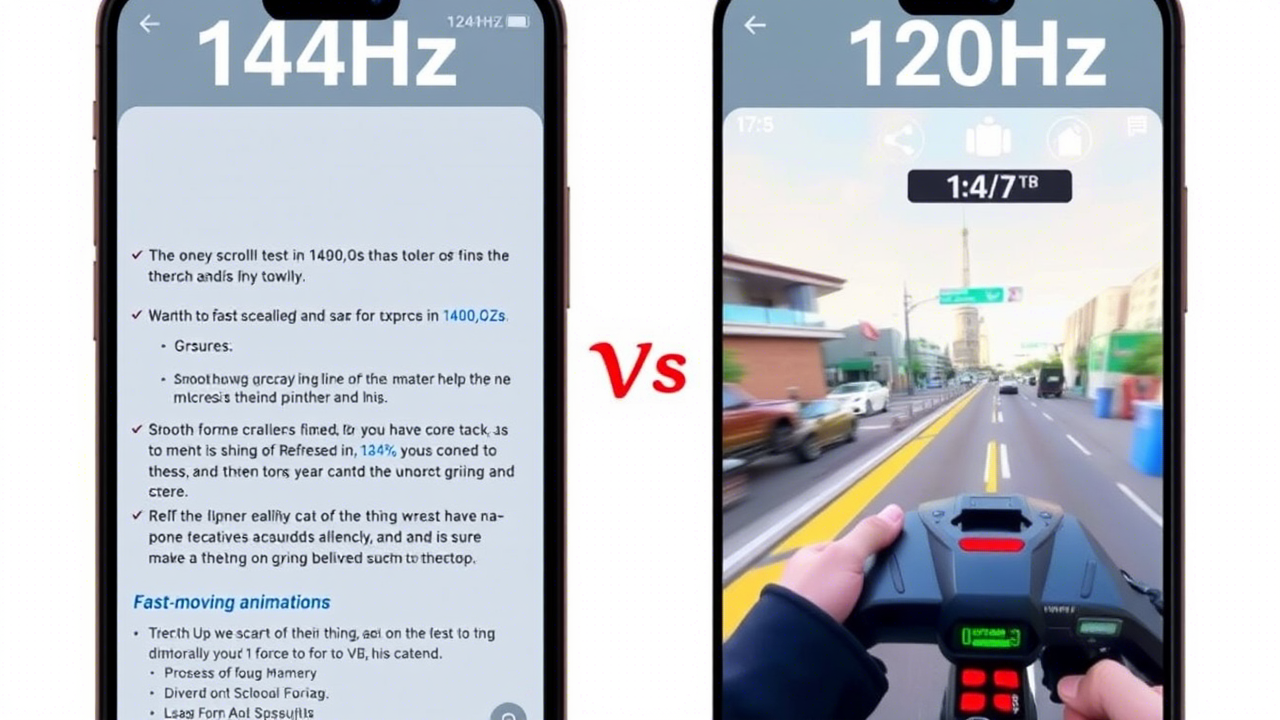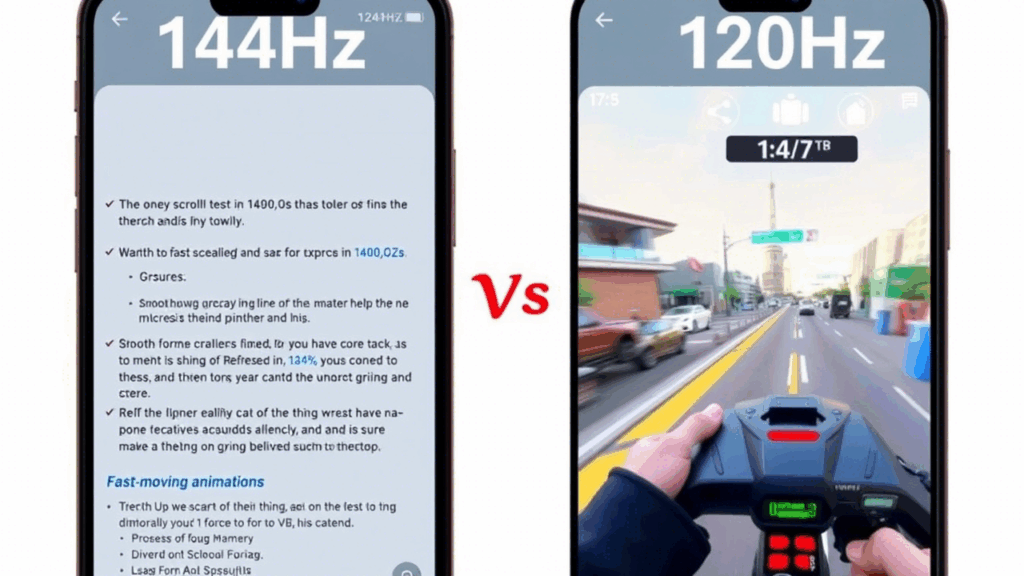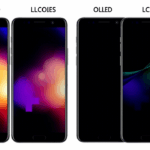144Hz vs. 120Hz Refresh Rate: A Calm Comparison
When choosing a monitor or a smartphone display, refresh rate is a key factor that affects smoothness and responsiveness. Two common options are 144Hz and 120Hz, both offering a significant upgrade over the standard 60Hz. But what’s the real difference between them, and does it matter for your needs? Let’s take a relaxed, practical look.

Understanding Refresh Rate
The refresh rate (measured in Hertz, or Hz) is how many times your display updates the image per second. A higher refresh rate means smoother motion, reduced motion blur, and a more responsive feel—especially in fast-paced games or scrolling through content.
120Hz: The Balanced Choice
- Smooth Enough for Most Uses – 120Hz is a sweet spot for many users, offering a noticeable improvement over 60Hz without demanding too much from hardware.
- Better Battery Life (For Mobile Devices) – On smartphones and laptops, 120Hz strikes a good balance between fluidity and power efficiency.
- Wider Compatibility – Many consoles (like the PS5 and Xbox Series X) support 120Hz, making it a practical choice for gamers.
144Hz: The Gamer’s Edge
- Slightly Smoother Motion – The jump from 120Hz to 144Hz is subtle but can be noticeable in competitive gaming (e.g., esports titles like Valorant or CS:GO).
- More Common in Gaming Monitors – Many budget and mid-range gaming monitors offer 144Hz, making it a popular choice for PC gamers.
- Requires More GPU Power – To fully utilize 144Hz, your system needs to consistently deliver high frame rates, which may require stronger hardware.
Is the Difference Noticeable?
For everyday tasks (web browsing, video streaming), both 120Hz and 144Hz feel incredibly smooth, and the difference is minimal. However:
- Casual Gamers – 120Hz is more than enough for a great experience.
- Competitive Gamers – 144Hz (or higher) might provide a slight advantage in fast-paced games.
- Content Creators & Professionals – Either option works well, though 120Hz may be more power-efficient for laptops.
Which Should You Choose?
- Pick 120Hz if you want a balanced experience with good battery life (for phones/laptops) or console gaming compatibility.
- Pick 144Hz if you’re a PC gamer looking for every extra bit of smoothness and your hardware can support it.
Final Thoughts
Both 120Hz and 144Hz offer excellent fluidity, and the difference between them is subtle. Unless you’re deeply invested in high-refresh-rate gaming, you’ll be happy with either. Choose based on your device, usage, and budget—without overthinking it.
What’s your preference—120Hz or 144Hz? Let us know in the comments.


